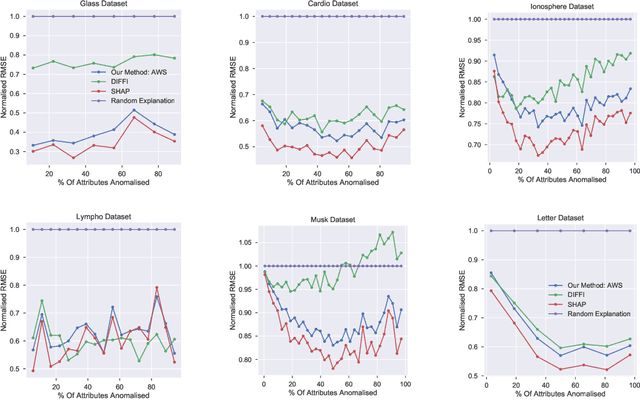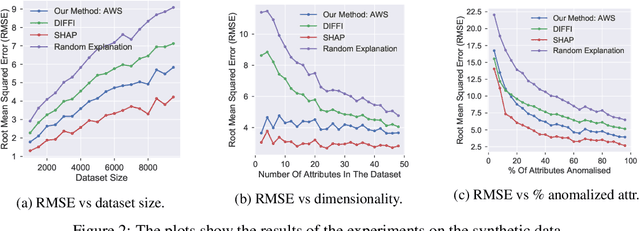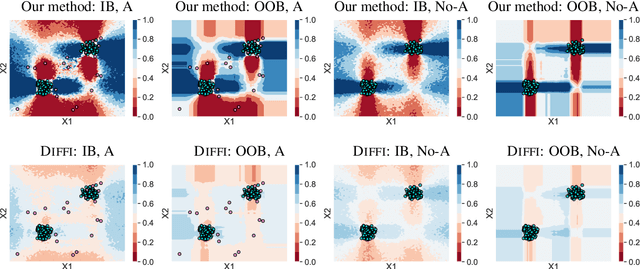Vincent Vercruyssen
AD-MERCS: Modeling Normality and Abnormality in Unsupervised Anomaly Detection
May 22, 2023Abstract:Most anomaly detection systems try to model normal behavior and assume anomalies deviate from it in diverse manners. However, there may be patterns in the anomalies as well. Ideally, an anomaly detection system can exploit patterns in both normal and anomalous behavior. In this paper, we present AD-MERCS, an unsupervised approach to anomaly detection that explicitly aims at doing both. AD-MERCS identifies multiple subspaces of the instance space within which patterns exist, and identifies conditions (possibly in other subspaces) that characterize instances that deviate from these patterns. Experiments show that this modeling of both normality and abnormality makes the anomaly detector performant on a wide range of types of anomalies. Moreover, by identifying patterns and conditions in (low-dimensional) subspaces, the anomaly detector can provide simple explanations of why something is considered an anomaly. These explanations can be both negative (deviation from some pattern) as positive (meeting some condition that is typical for anomalies).
Why Are You Weird? Infusing Interpretability in Isolation Forest for Anomaly Detection
Dec 13, 2021



Abstract:Anomaly detection is concerned with identifying examples in a dataset that do not conform to the expected behaviour. While a vast amount of anomaly detection algorithms exist, little attention has been paid to explaining why these algorithms flag certain examples as anomalies. However, such an explanation could be extremely useful to anyone interpreting the algorithms' output. This paper develops a method to explain the anomaly predictions of the state-of-the-art Isolation Forest anomaly detection algorithm. The method outputs an explanation vector that captures how important each attribute of an example is to identifying it as anomalous. A thorough experimental evaluation on both synthetic and real-world datasets shows that our method is more accurate and more efficient than most contemporary state-of-the-art explainability methods.
 Add to Chrome
Add to Chrome Add to Firefox
Add to Firefox Add to Edge
Add to Edge